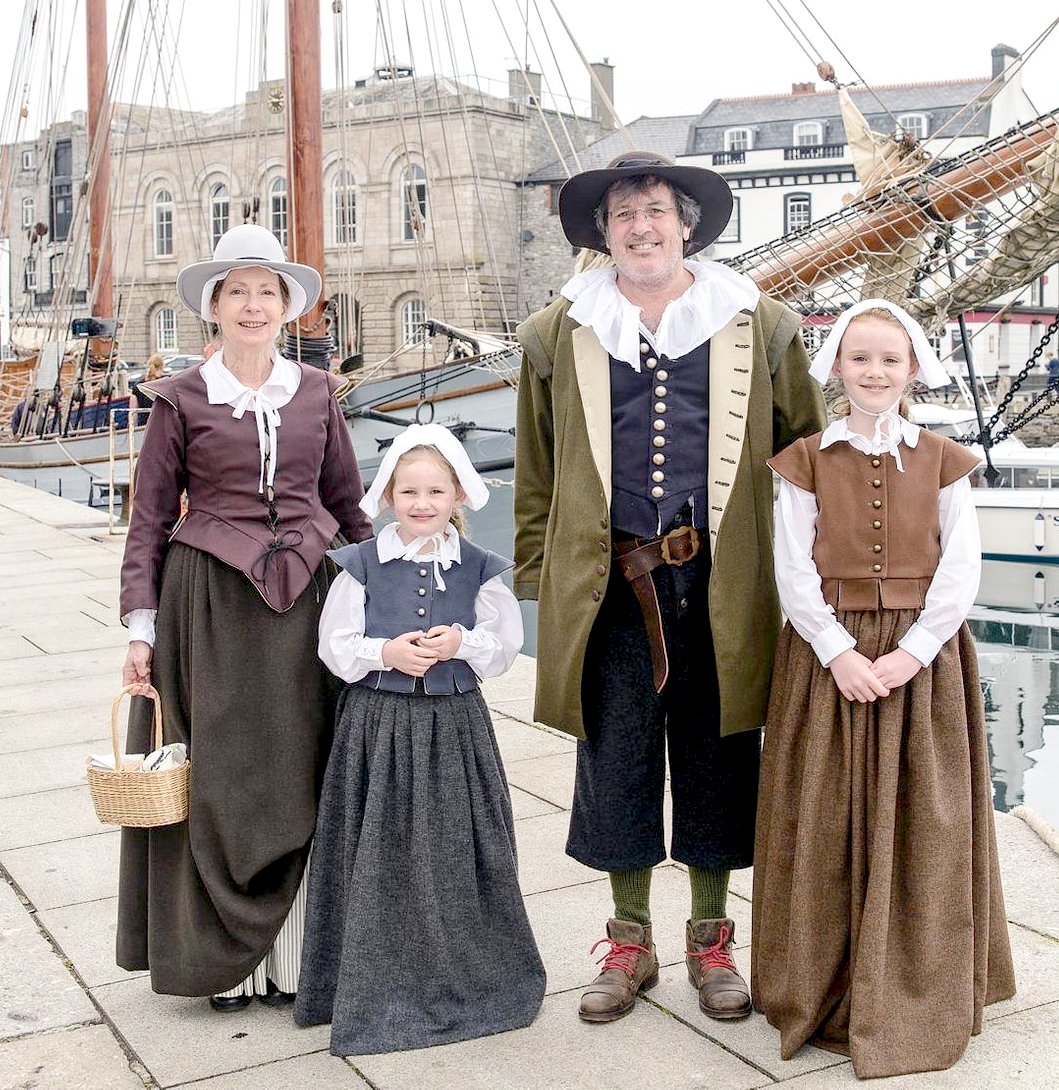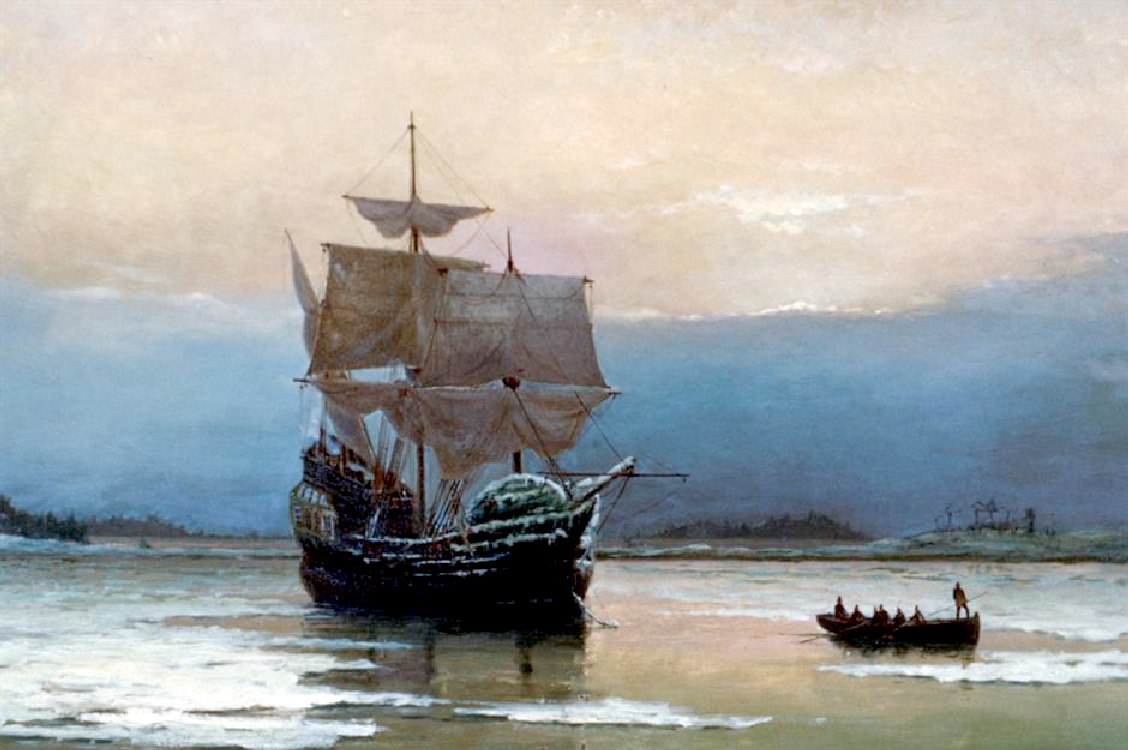
PILGRIMAGES
- Scurrying away from persecution in England, the religious refugees
were betrayed and imprisoned. A fiction based on fact novel, A Spurious Brood outlines a possible explanation for the sabotage of Speedwell, based on the true story of Katherine More, whose children were sent to America on board Mayflower.
In Hornblower and the Atropos, one of the C. S. Forester novels about fictional British naval officer Horatio Hornblower, a treasure ship named Speedwell has sunk in Turkey's Marmorice Bay, and Hornblower's mission is to recover the treasure from the bottom of the bay. Speedwell is also mentioned several times in battle-action scenes in the historical fiction novel, Armada: A Novel, written by Charles Gidley Wheeler and published in 1987.
The Speedwell was one of two ships
that was supposed to carry the Pilgrim, religious refugees across the
Atlantic to begin a new life in America.
The Separatists in the Netherlands sold their personal belongings in order to purchase a ship named the Speedwell. In August 1620, they sailed away from Delfshaven to England where they had arranged to meet the
Mayflower. A small part of the group remained in
Leiden.
THE VOYAGE TO AMERICA
The English group had chartered a ship named the Mayflower, an armed merchant vessel boasting three masts that were 30 metres tall and up to 7,5 metres in width. The ship had been built in Harwich and was under the command of captain Christopher Jones. In 1611, Jones decided to leave Harwich and head for a more southerly location, one mile downstream from the Tower of London at the
Thames.
Many of the dissidents from London had fled to the Netherlands, though some of them continued their secret gatherings in England. In 1620 they received permission to travel to America. They joined the Mayflower and sailed to Southampton, where they were due to meet the Speedwell.
There were some concerns about the Speedwell, as it had sustained damage an was taking on water. However, the Speedwell was repaired and on 15 August, the two ships weighed their
anchors and hoisted the sails.
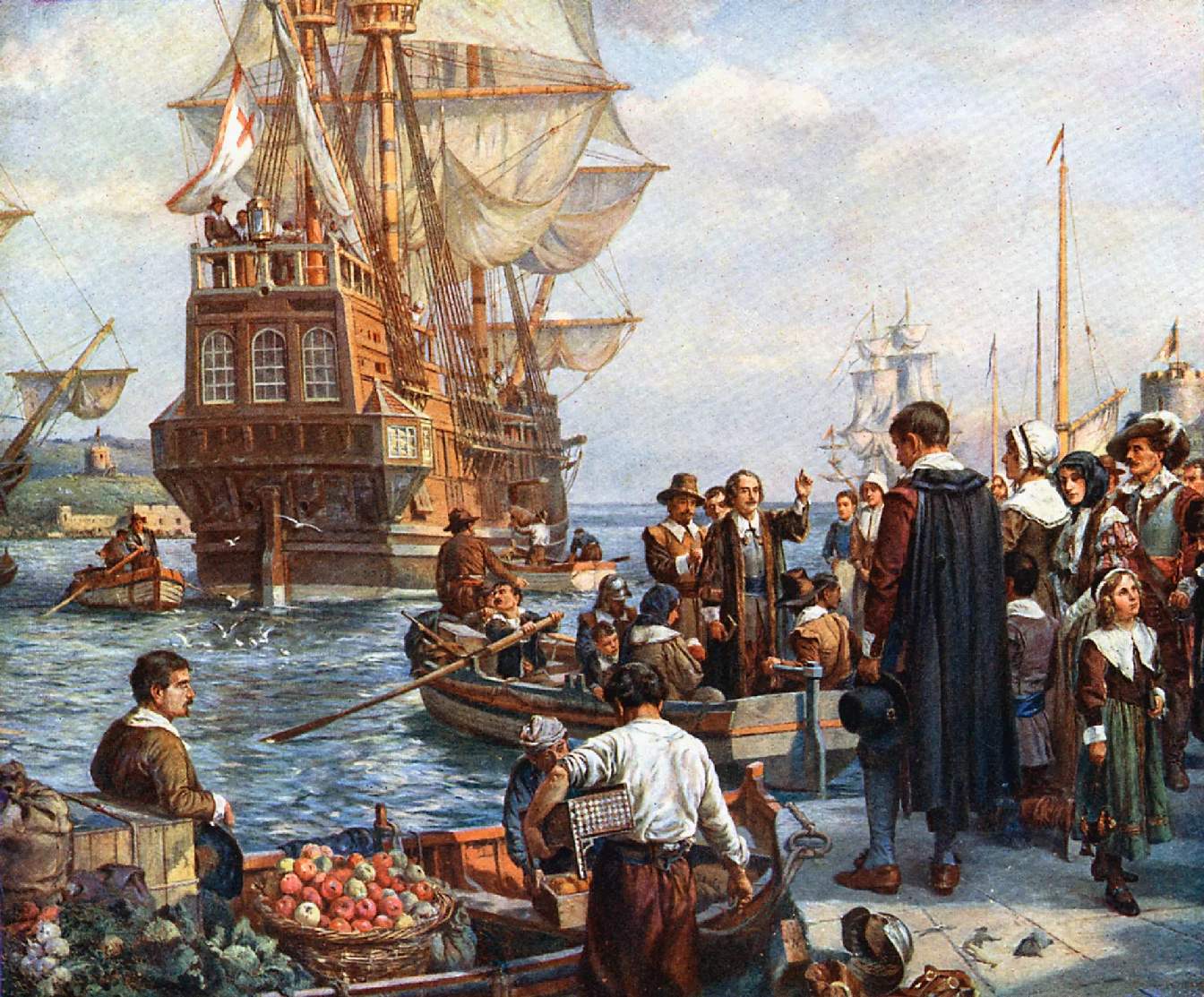
MAYFLOWER
- Loading of the famous ship that was too small to be noted at the Port
of Plymouth in 1620. These are the now famous steps, that are a feature
for visitors to the historic port.
Soon after the two ships had set sail, the Speedwell started to take on water again. Some believe too many sails had been hoisted, which caused an immense amount of pressure on the entire structure, others say sabotage by the reluctant crew was to blame. They diverted their course to Dartmouth in Devon. Here, it took the harbour labourers approximately one week to repair the damage.
Unfortunately, the second attempt proved equally unsuccessful.
The Mayflower and the Speedwell had sailed 500 kilometres beyond Landís End, the westernmost point in mainland England, when the smaller of the two vessels was found to be taking on
large amounts of water. Sailing on was deemed too risky, and so they turned back to Plymouth.
By this time, the passengers on board had spent six wretched, dank weeks in a confined space at sea and had made virtually no progress at all. Had their luck not changed for the worse, they could have been well near their destination at this point in time.
The Speedwell was declared un-seaworthy. Unsurprisingly, a number of Pilgrims gave up, and the
remaining diehards in the group crowded aboard the Mayflower. They were
running low on provisions, and funds were running out, it must have been
a desperate situation, all resting on finding safe haven in the new
land. Though, money in America would be useless for barter.
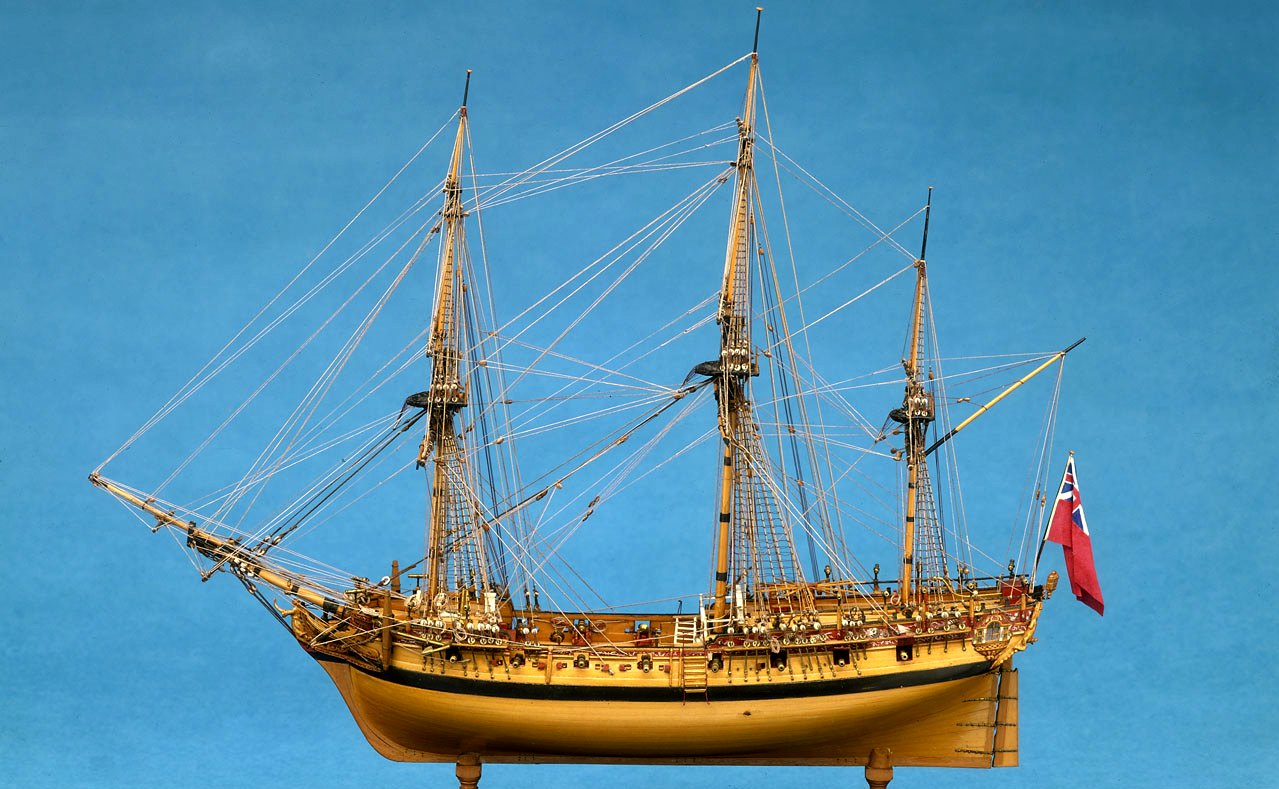
SWIFTSURE
Speedwell was built in 1577, under the name Swiftsure, as part of English preparations for war against Spain. She participated in the fight against the Spanish Armada. During the Earl of Essex's 1596 Azores expedition she served as the ship of his second in command, Sir Gelli Meyrick. After hostilities with Spain ended, she was decommissioned in 1605, and renamed Speedwell.
Captain Blossom, a Leiden Separatist, bought Speedwell in July 1620. They then sailed under the command of Captain Reynolds to Southampton, England to meet the sister ship, Mayflower, which had been chartered by merchant investors (again Captain Blossom). In Southampton they joined with other Separatists and the additional colonists hired by the investors. Speedwell was already leaking. The ships lay at anchor in Southampton almost two weeks while Speedwell was being repaired and the group had to sell some of their belongings, food and stores, to cover costs and port fees.
The two ships began the voyage on 5 August 1620, but Speedwell was found to be taking on water, and the two ships put into Dartmouth for repairs. On the second attempt, Mayflower and Speedwell sailed about 100 leagues (about 300 nautical miles (560 km; 350 mi)) beyond Land's End in Cornwall, but Speedwell was again found to be taking on water. Both vessels returned to Dartmouth. The Separatists decided to go on to America on Mayflower. According to Bradford, Speedwell was sold at auction in London, and after being repaired made a number of successful voyages for her new owners. At least two of her passengers, Captain Thomas Blossom and a son, returned to
Leiden.
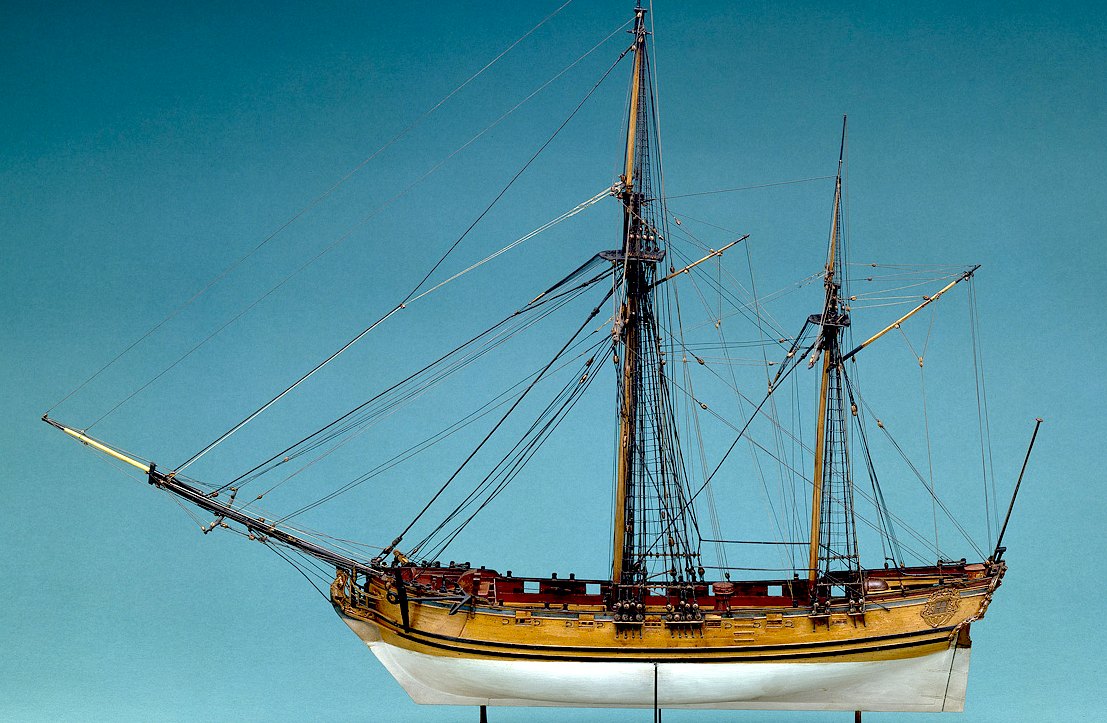
Prior to the voyage, Speedwell had been refitted in Delfshaven and had two masts. Nathaniel Philbrick theorizes that the crew used a mast that was too big for the ship, and that the added stress caused holes to form in the hull. William Bradford wrote that the "overmasting" strained the ship's hull, but attributes the main cause of her leaking to actions on the part of the crew. Passenger Robert Cushman wrote from Dartmouth in August 1620 that the leaking was caused by a loose board approximately two feet long.
Eleven people from Speedwell boarded Mayflower, leaving 20 people to return to London (including Cushman) while a combined company of 102 continued the voyage. For a third time, Mayflower headed for the New World. She left Plymouth on 6 September 1620 and entered Cape Cod Bay on 11 November. Speedwell's replacement, Fortune, eventually followed, arriving at Plymouth Colony one year later on 9 November 1621. Philippe de Lannoy on Speedwell made the trip.
Under the ownership of Captain John Thomas Chappell, the Speedwell sailed again on May 28, 1635 from Southampton, finally arriving in Virginia.
After that passage, the ship then returned to England and was then refitted and sold.
This proved, that had the vessel not be sabotaged, as alleged, she would
have made it to America, and the fledgling colony might then have been
so much stronger.
LINKS,
CONTACTS & REFERENCE
https://
